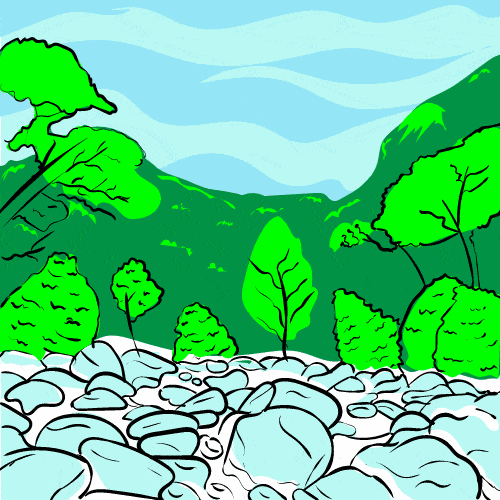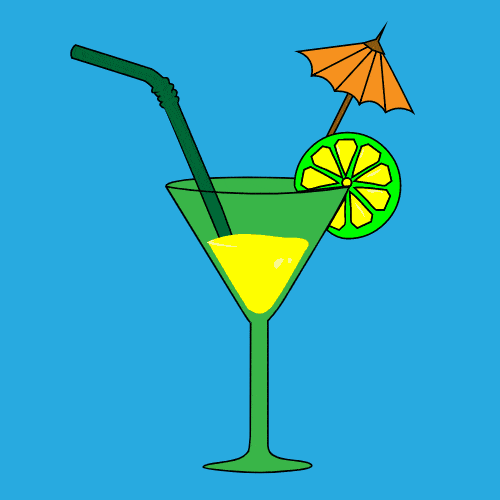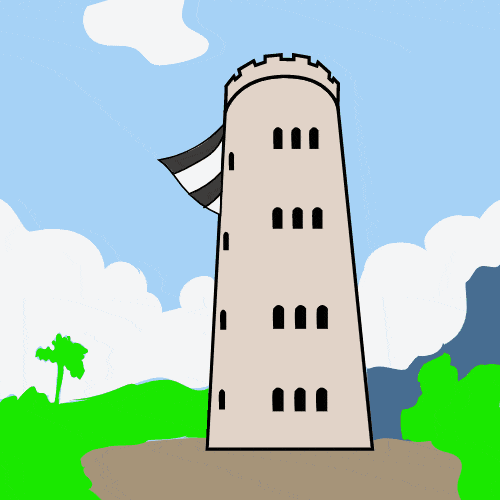El Yunque National Forest is beautiful – but is it safe for your next vacation adventure?
No one wants to set out to catch a glance of the rare Puerto Rican Parrot, just to have to cut their trip short with an injury.
As someone who has visited El Yunque many times, I can tell you it is very safe. If you stay to the designated walkways and paths, visiting the only rainforest in the United States will probably be one of the best experiences you have in Puerto Rico.
In this article, I’ll cover all you need to know:
– What is El Yunque National Forest?
– Is El Yunque safe for tourists?
– What is the safest way to get to El Yunque?
– Are there dangerous animals in El Yunque?
– Are there poisonous plants in El Yunque?
– Tips for safely hiking in El Yunque National Forest
– Other frequently asked questions
What is El Yunque National Forest?
El Yunque is the only tropical rainforest in the United States’ National Parks system.
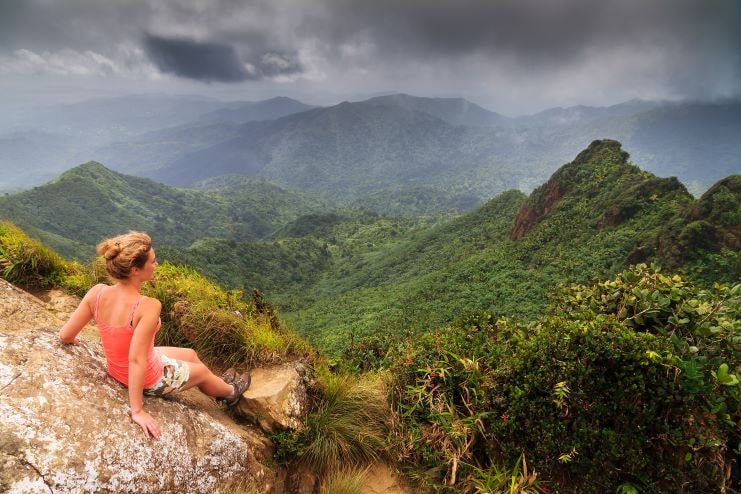
It’s located in the northeastern mountains, covers 28,000 acres of land, and is one of the world’s most biodiverse rainforests.
Check out the following video to see more of El Yunque National Forest:
For details about all you can do and see in El Yunque, take a look at our article El Yunque National Forest, Puerto Rico – All You Need To Know.
Is El Yunque safe for tourists?
Yes, El Yunque is safe for tourists and is one of the most popular attractions in Puerto Rico.
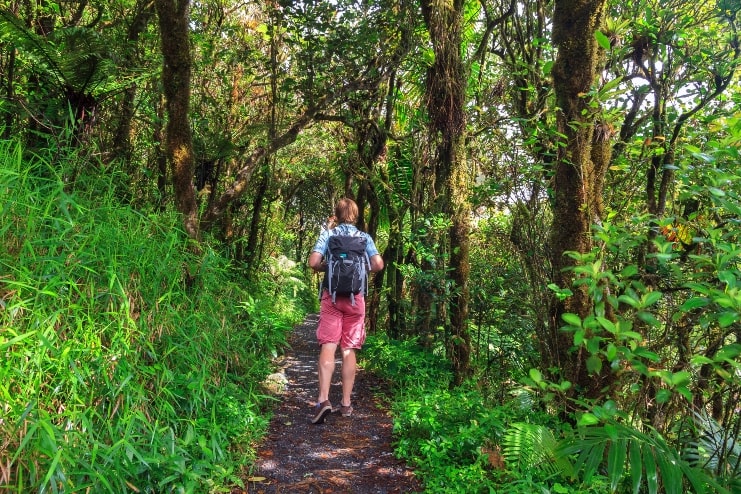
There is a visitor’s center, and there are many guided tours available, as well as guided tours from most major hotels in San Juan as well.
There are hiking trails of varying difficulty, so those looking for an easy walk on a paved trail and those looking for a more intense hike will both be satisfied.
What is the safest way to get to El Yunque?
The best way to get to El Yunque is to rent your own car or take a guided tour.
Ubers and taxis are prohibited from dropping off or picking up tourists from El Yunque without special permits, and there is little to no cell phone service while in the park.
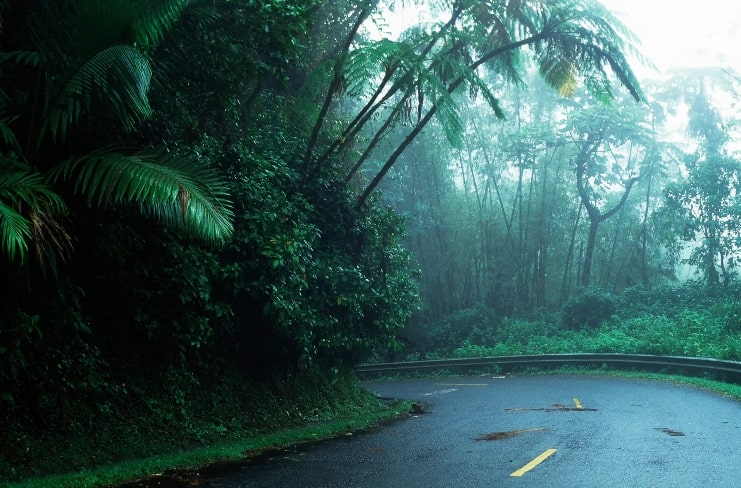
Driving to El Yunque is fairly easy— from San Juan, it’s about 45 minutes, and you should take PR-66 to PR-3 and then follow PR-191 to the visitor center.
Guided tours are available from most major hotels in San Juan, for those not driving.
You can stop at the El Portal Visitor Center when you first arrive for maps and information from the rangers to make your trip more enjoyable and safe.
Here is a map with the location of the El Portal Visitor Center:
Are there dangerous animals in El Yunque Forest?
There are no large dangerous animals— no big cats or bears to worry about.
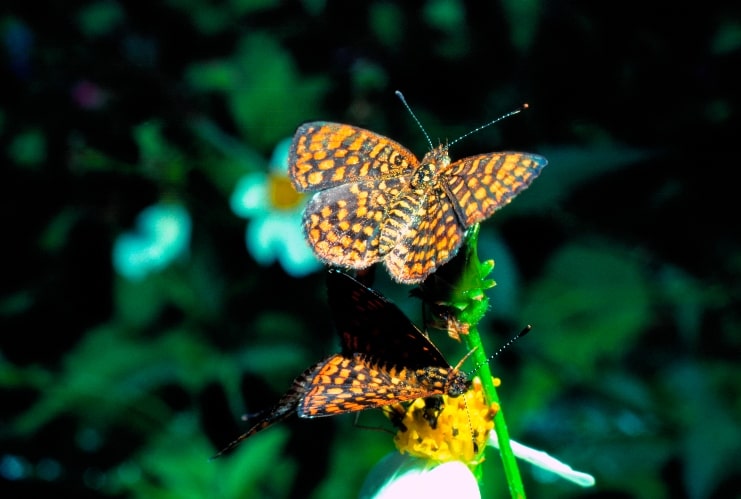
The biggest threat to tourists is zika-carrying mosquitos, but with the right clothes and repellant, you’ll be okay.
Otherwise, the only dangerous creatures you may encounter are rare, and are not fatal if encountered, like centipedes and spiders.
Are there poisonous plants in El Yunque?
Yes, but no more than you might be used to from hiking in the mainland United States.
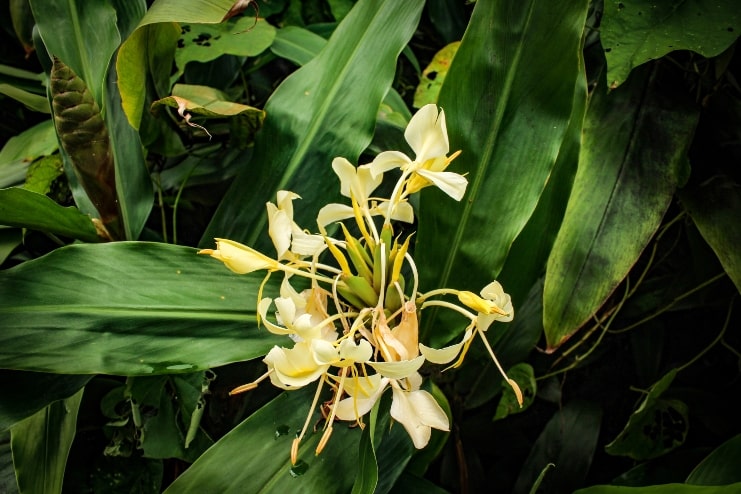
There are a few species of stinging plants, with either nettles or oily leaves that cause reactions, like poison ivy.
If you stay on the trail and avoid touching plants, they won’t bother you. Don’t eat anything!
Tips for safely hiking in El Yunque National Forest
- Wear long, loose, cotton clothing. This protects against mosquitos and brushing against plants.
- Pack enough water. It’s not easy to get used to the tropical heat, and you are at risk of heat exhaustion and dehydration, especially on long hikes. Do not drink from the rivers without a proper filter.
- Pack a poncho. Umbrellas are a nuisance, but it rains often, hard, and unpredictably, so be prepared with a poncho.
- Wear good shoes. Sandals, flip-flops, or canvas shoes won’t help you on slippery and wet trails. Bring shoes that will keep your feet dry and that have traction.
- Pack a change of clothes. There are a lot of swimming opportunities in El Yunque, so either wears your swimming clothes under your hiking clothes or pack another set for swimming.
- Don’t touch any plants or animals. This protects you and the wildlife. If you see something beautiful, just take a photo!
Frequently asked questions
Is El Yunque National Forest safe for female travelers?
Yes - El Yunque National Forest is no more or less safe for femininely identifying travelers than that of other genders. As long as you are ready to hike, El Yunque welcomes you!
Is El Yunque safe for solo travelers?
Yes, but it’s better to go with a friend or group unless you’re an experienced hiker. If you’re going alone, make sure you pack well, and let someone know when, where, and for how long you plan to be hiking.
Can you camp in El Yunque National Rainforest?
Camping at El Yunque has been available by reservation in the past, but currently camping is unavailable. The Forest Service has stated that camping will reopen in the future.
Final thoughts
El Yunque National Forest is a treasure and one of the best attractions in Puerto Rico.
The forest is safe for tourists and locals and is a must-see for your next vacation.
Did you know El Yunque is less than one hour from a bioluminescent bay? For more information, check out Laguna Grande Bio Bay – All You Need To Know.
For inspiration on your next Puerto Rican vacation, take a look at 45 Best Places To Visit In Puerto Rico.

